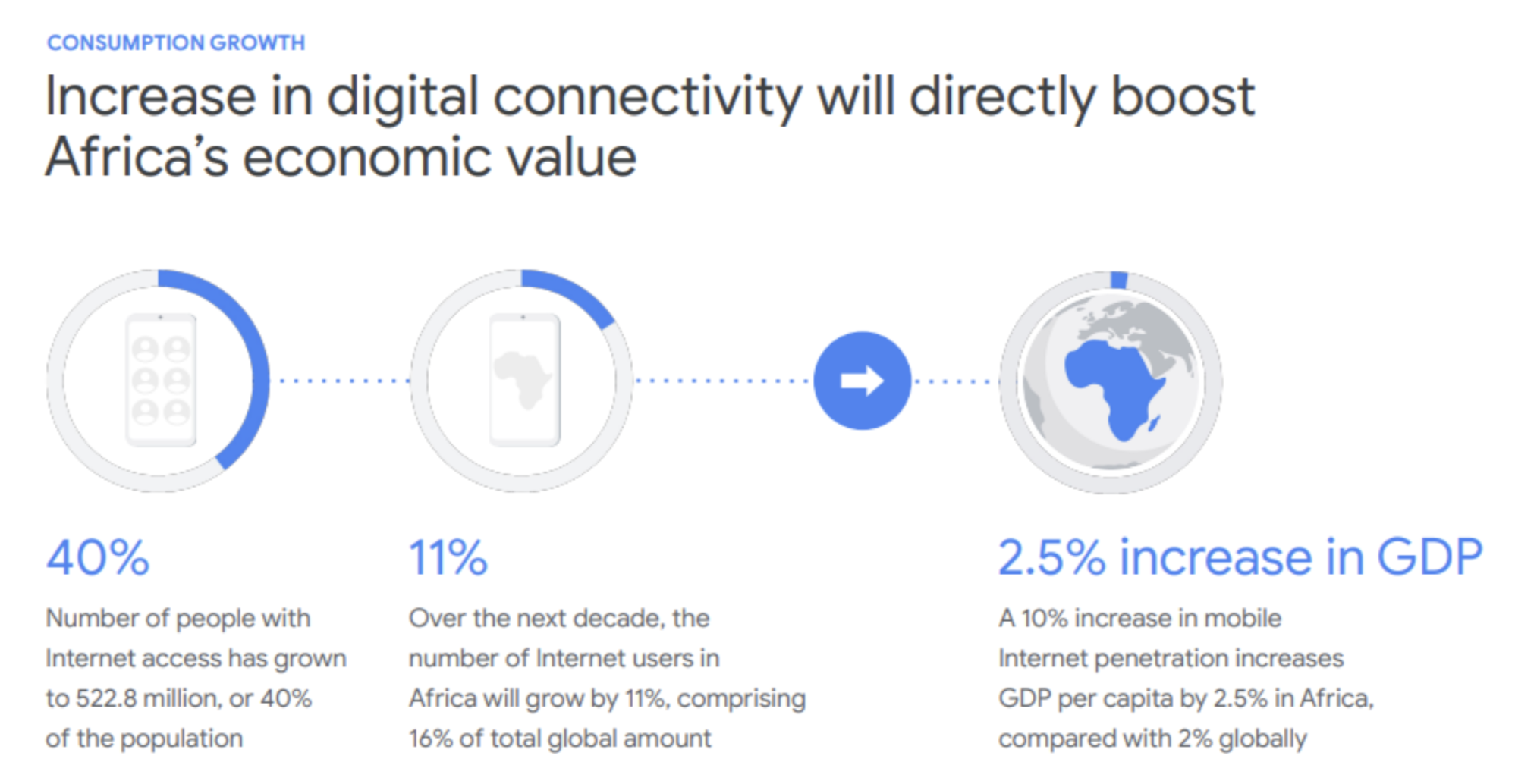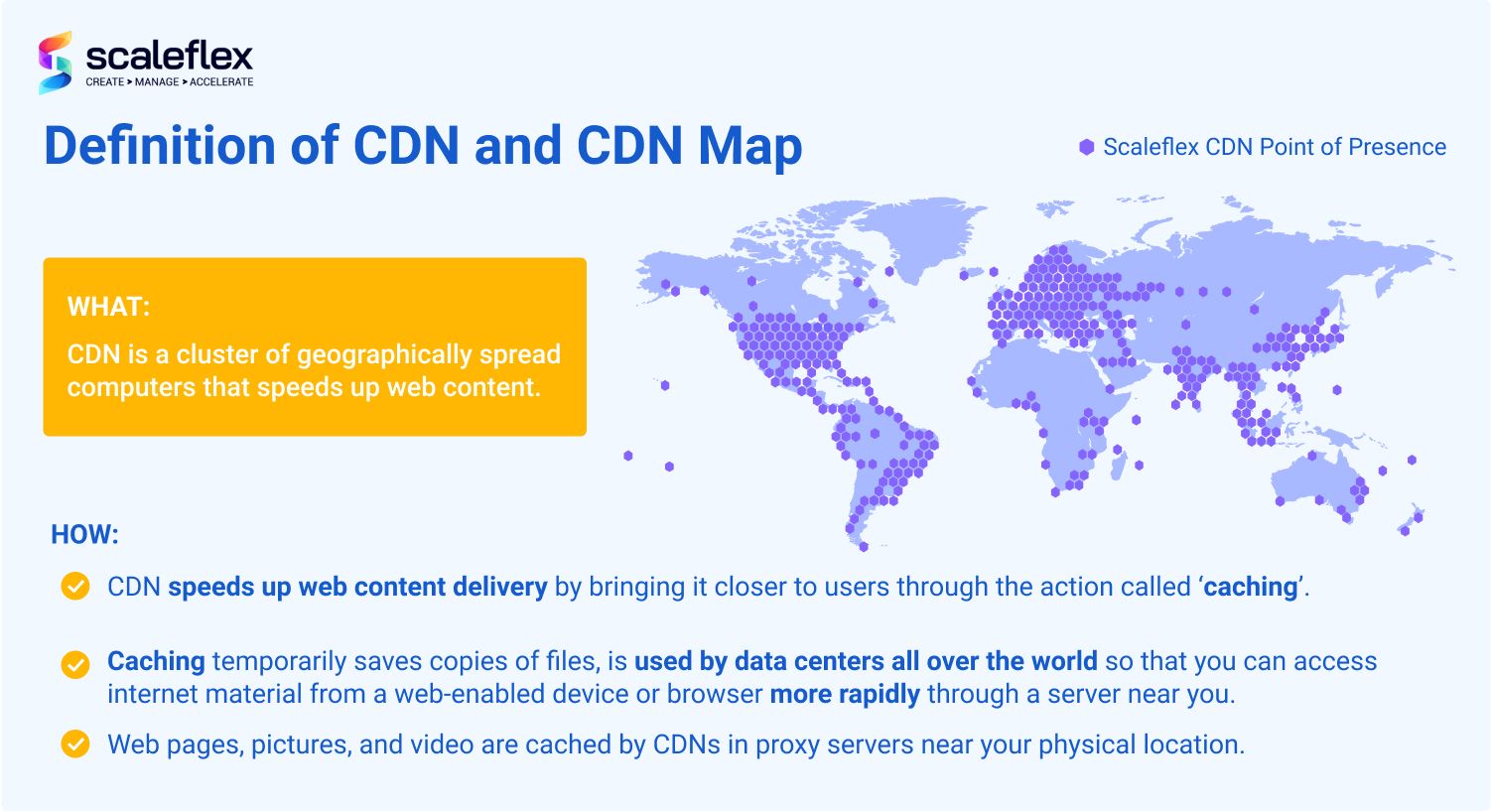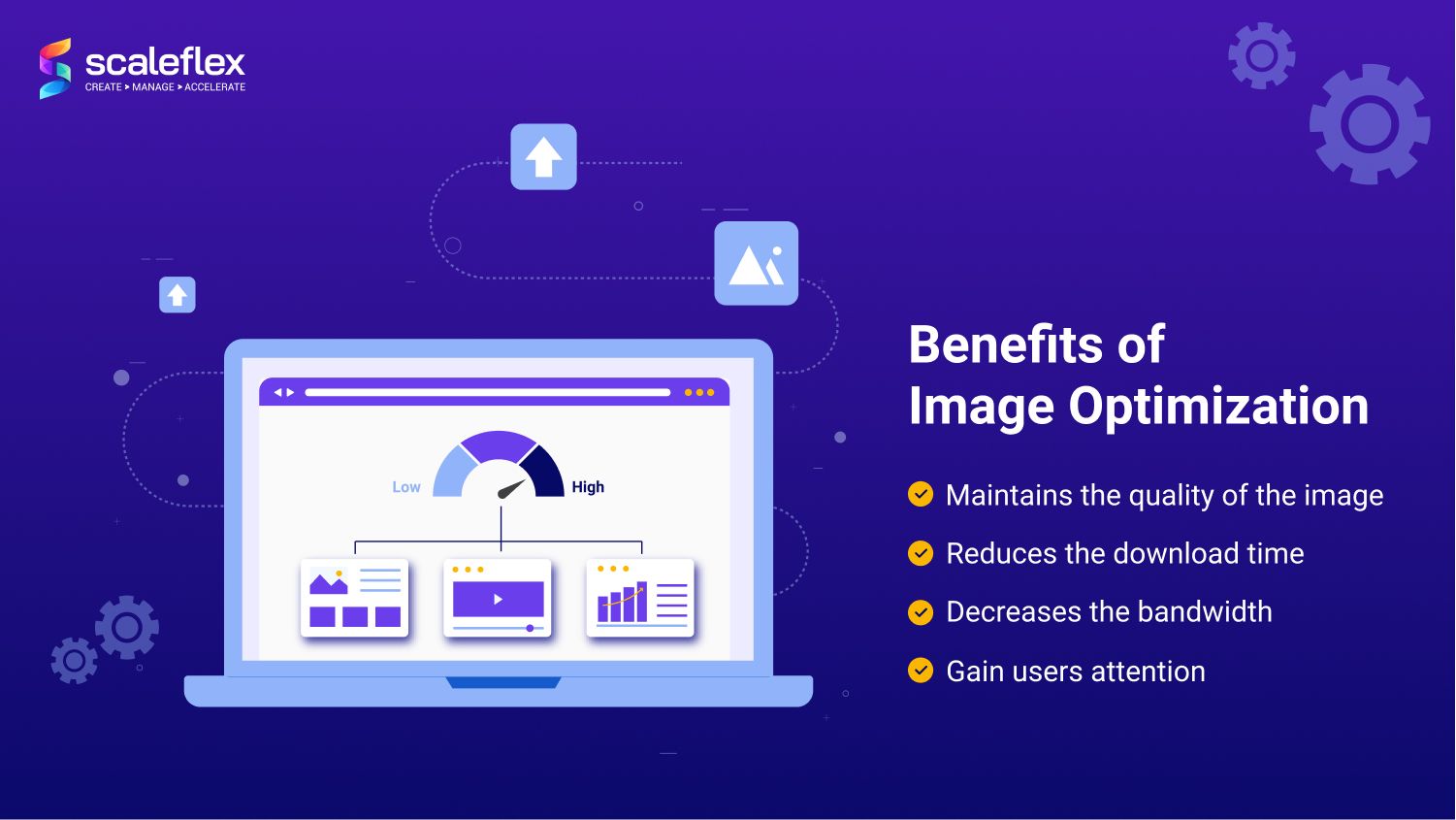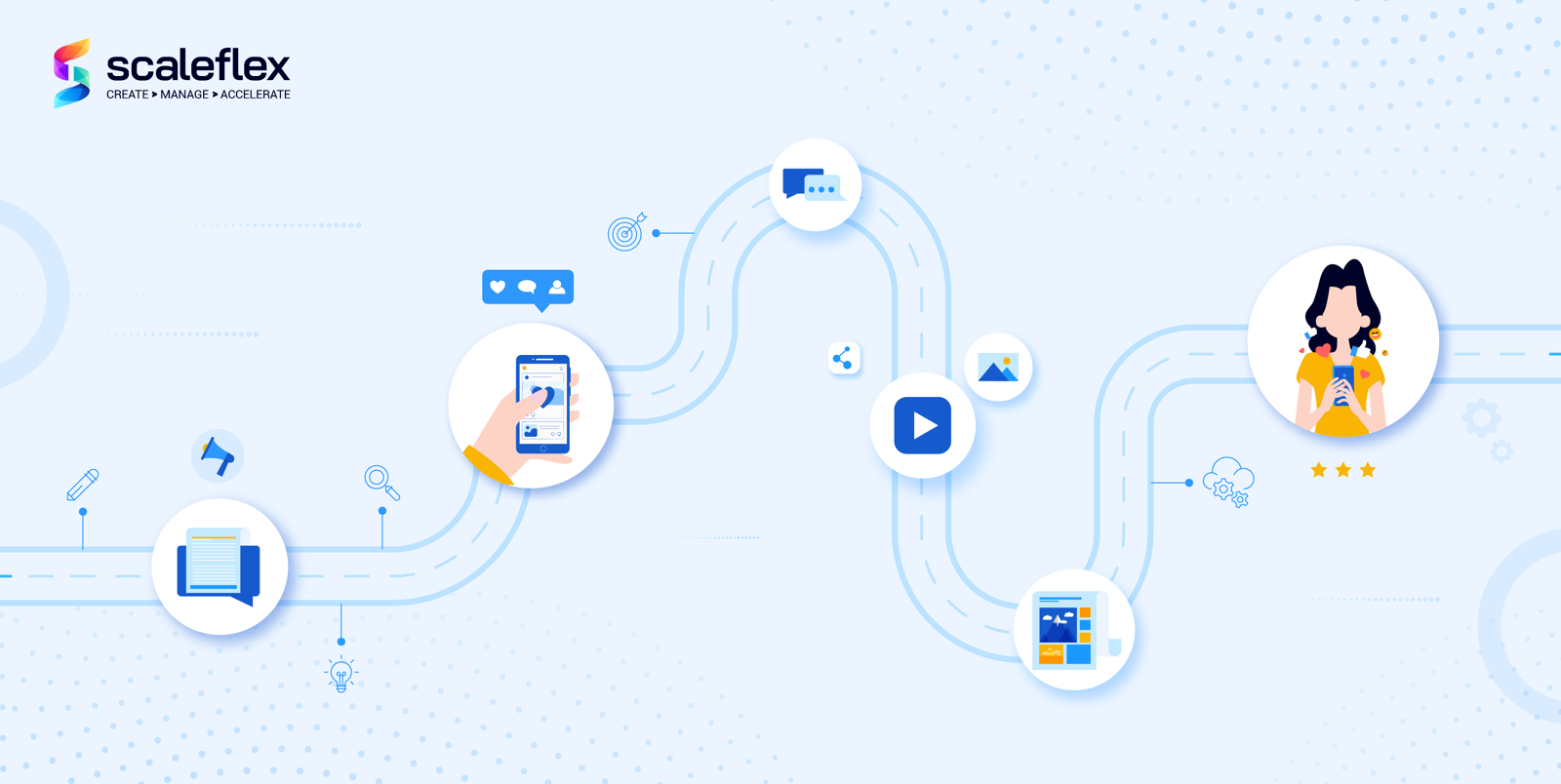Africa And The Challenges Of Delivering Fast Content
Inadequate infrastructure remains a major barrier for Africa to reach its full potential for economic growth. As Africa is considered to be one of the fastest growing economic hubs in the world, responding to demand for key infrastructure has been identified as a priority.
Inadequate infrastructure remains a major barrier for Africa to reach its full potential for economic growth. As Africa is considered to be one of the fastest growing economic hubs in the world, responding to demand for key infrastructure has been identified as a priority.
The last decade has seen a dramatic improvement in connectivity in Africa. Today, data is transferred to central servers via submarine cables that run up and down Africa's coasts, from which it is beamed across the continent via a complex network of copper wires, fiber-optic cables, cellular towers, and satellites to a variety of feature phones, smartphones, tablets, laptops, and industrial computers via a complex network of copper wires, fiber-optic cables, cellular towers, and satellites. More Africans than ever before have been able to connect thanks to the rapid growth of mobile phones that are connected to the Internet.
African online retail and e-commerce in Africa in general have been growing fast and this trend is predicted to continue. A multitude of reasons have contributed to this remarkable increase. Africa has the world's youngest and second-largest population. As a result, a large digital audience is possible. Furthermore, due to the massive expansion of smartphones and mobile devices in general, internet penetration has risen to 40% nowadays. An increase of 11% in mobile Internet penetration can result in a 2.5 percent boost in GDP per capita.Indeed, mobile e-commerce dominates the online shopping scene.

The relationship between CDN and capturing audience
However a question remains: "How can you deliver content and ensure its performance to an audience challenged by an infrastructure-in-development?"
Many web design professionals will answer that CDN should mitigate the issue and deliver fast websites in Africa. However, using a CDN isn't the only approach to make your website faster when it comes to pictures, videos, caching, and storing content on various servers across the world. If you are not familiar with the CDN concept, here is a short definition:

As of today, CDN in Africa efficient last-mile delivery is hampered by the scarcity of functioning transport networks, which results in delayed content deliveries, and very few CDN providers have a large Points of Presence (PoP) in the continent which result in delivering your content in Africa from PoP based in Europe or South Africa.
Despite all the benefits a CDN can bring to help compensate for the infrastructure gaps, this is still not enough to deliver your website content fast to your e-commerce Africa audience.
From our experiences, a combination of both CDN in Africa and image optimization are key to tackle the performance challenges and deliver fast websites in Africa. But what is 'image optimization'?
People nowadays expect your website to load in a flash, and if it doesn't, you'll see a drop in website traffic. To boost user engagement, we describe image optimization as the process of developing and delivering high-quality images in the ideal format, size, and resolution. If you have non-optimized photos on your web pages, your website's speed will suffer, losing you user engagement, SEO, and conversion.
In the recent years, technologies like WebP (by Google) or AVIF (by Alliance for Open Media) have slowly but surely conquered the world, moving from 'nice-to-have' to 'must have', as they are designed to create lighter images (smaller file-sizes) whilst keeping the image quality, than JPEG, PNG, and GIF image formats can achieve.
The rise of Image Optimization demand and why it is highly needed
The content operations market has seen an increase of Image Optimization solution providers - even CDN providers have joined the competition - in which many of them offer the basic features but they are not all the same quality. So our recommendation, when it comes to choosing the solution that meets your current needs, is to look at whether the provider would be able to meet your needs for today but also tomorrow, as your company will evolve and you will likely need a flexible and robust solution which can scale with you.
A strong Image Optimization solution offers hundreds of features, which should be embedded natively as on-the-fly image transformation, including: lazy loading, focal-point, 360 view, blur-hash and more, which all have the same objective "making the content lighter and allowing for faster delivery to end-users through networks". Therefore it should not be surprising if it would be the next natural and essential move for any web developers, SEO specialists or content managers who are looking for quick-win improvements and increased performance.
In a context of a challenging or congested network, image optimization should greatly improve your performance and the benefit would have an immediate effect on a combination or all of the below:
- Maintains the quality of the image - Even if the file-size of the image is obviously reduced, the image optimization keeps the original quality of the images;
- Reduces the download time - Since the images take up a lot of space, once they are optimized, the download time is reduced automatically which benefits the end-user experience and SEO scores;
- Decreases the bandwidth - Image optimization decreases the bandwidth utilized. Bandwidth is the data that is transmitted in a fixed amount of time. Reducing it will lower your CDN costs;
- Gain users attention - Optimized images are the best way to gain the user’s attention. When the images on a website are optimized and the website takes less time to load, the users are positively overtaken by the experience. Thus, image optimization is always advisable.

Many companies will have to decide whether you will take the step of optimizing your website in-house or use a SaaS platform. Hence my preference clearly balance for a SaaS solution, the decision will remain yours and I would recommend you to assess the following:
- Do you have the labor resources and skill? – Education in Africa has taken advantage of the digital revolution and as per the World Bank, education levels have improved by 67% in 2020, but would you have enough qualified engineers?;
- Will you adapt fast enough? – Image Optimization is constantly evolving and there is no guarantee that your engineers would have the time to learn about a new feature, trends and implement all the necessary changes in a time-frame that does not impact your business;
- Will it make sense financially? – Many successful African companies may be able to accept the risk, but does it really make sense when your growth depends on it?
In principle, each company will have to fine tune their strategy and their implementation team as their success will depend on it. I would always recommend to set the following criteria in the following order:
- Flexibility - Adaptability of the solution to the new internet trends or rules;
- Resources - Speed of implementation and efforts required.
- Cost - Value the service more than its price (it may save you money later).
In summary, I would conclude that images are not only nice visual aids to your content. Nowadays, images in fact generate traffic to your content, with the potential to build permanency and increase (if, not boost) your visibility. Africa is one of the most exciting fast-growing e-commerce markets in the world and delivering content fast will no longer be a challenge with image optimization.





